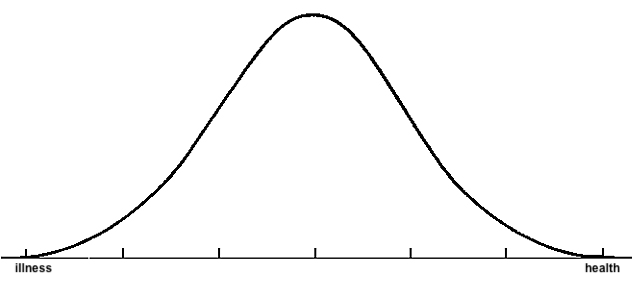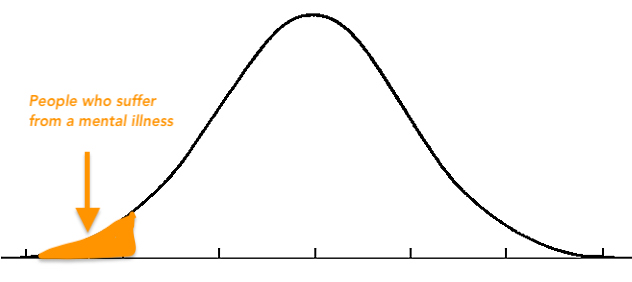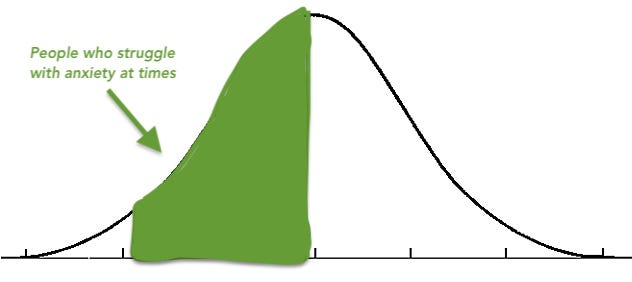Stresscoach — Help For Mental Health, Not Mental Illness

Now that we've recently launched Stresscoach, I often face the question of what it is we want to do and who we want to reach. Is it a tool for people with mental illness, a coaching bot, do we provide therapy, or are we even trying to replace it?
The answer is important enough that I decided to write a post about it.
Unpacking Mental Health
Let's start with etymology. Mental health is an interesting term. When we listen closely to the way most people talk about mental health, we soon realize that it’s not health they’re talking about. They say health but mean illness.
A mental health institution isn’t about helping people live more happily and finding meaning in their lives. It’s about providing support to those whose mental health is at rock bottom.
In the same vein, when we hear the word mental health, we don’t think gratitude, strength and joy. We associate this term with depression, addiction, and burnout.
The difference is this: Do we think that all that matters is not to be burned out and not to be depressed? Or do we believe that there’s more to mental health than simply not being ill.
Until recently, I believe we didn’t. But in these days of mindfulness, positive psychology and other self-improvement topics, there’s a growing understanding that there’s more to mental health than not being ill.
In more scientific terms, that’s the difference between the salutogenic and the pathologenetic approach to our state of mind. Here’s what Wikipedia has to say about this:
Salutogenesis is a term coined by Aaron Antonovsky, a professor of medical sociology. The term describes an approach focusing on factors that support human health and well-being, rather than on factors that cause disease (pathogenesis)
Antonovsky’s theories reject the “traditional medical-model dichotomy separating health and illness”. He described the relationship as a continuous variable, what he called the “health-ease versus dis-ease continuum”.
The Bell Curve
Mental health exists on a continuum. And the distribution of mental health markers along this continuum is probably best understood by imagining a bell curve. From overall mentally healthy people on the right to those who suffer clinical levels of a mental illness on the left.

Obviously, you can apply this to every marker of mental health. Depression versus happiness; anxiety versus peace of mind; self-doubt versus confidence. Now, those who suffer from clinical levels of a mental illness in a particular area of their life would be here:

How Stresscoach Fits In
In comparison to the entire population, the segment of people on the extreme left get a disproportionate level of support. And rightfully so, after all they are the ones who suffer most.
But what’s lacking is mental health support for the masses. We neglect help for those who wouldn’t go to a therapist because they don’t feel like their problem warrants the investment (of time and money).

If we build more solutions for this group of people, the impact will be huge. That’s because…
- … it’s a much larger segment of the population
- … helping a lot of people a little bit amounts to a large overall impact
- .. by helping those who are not yet clinically ill, it’s possible to prevent some of them from shifting further to the left.
And that’s exactly where Stresscoach fits in. We’re providing help for those who struggle with anxiety and stress enough to be bothered by it but not enough to warrant weekly therapy sessions.
